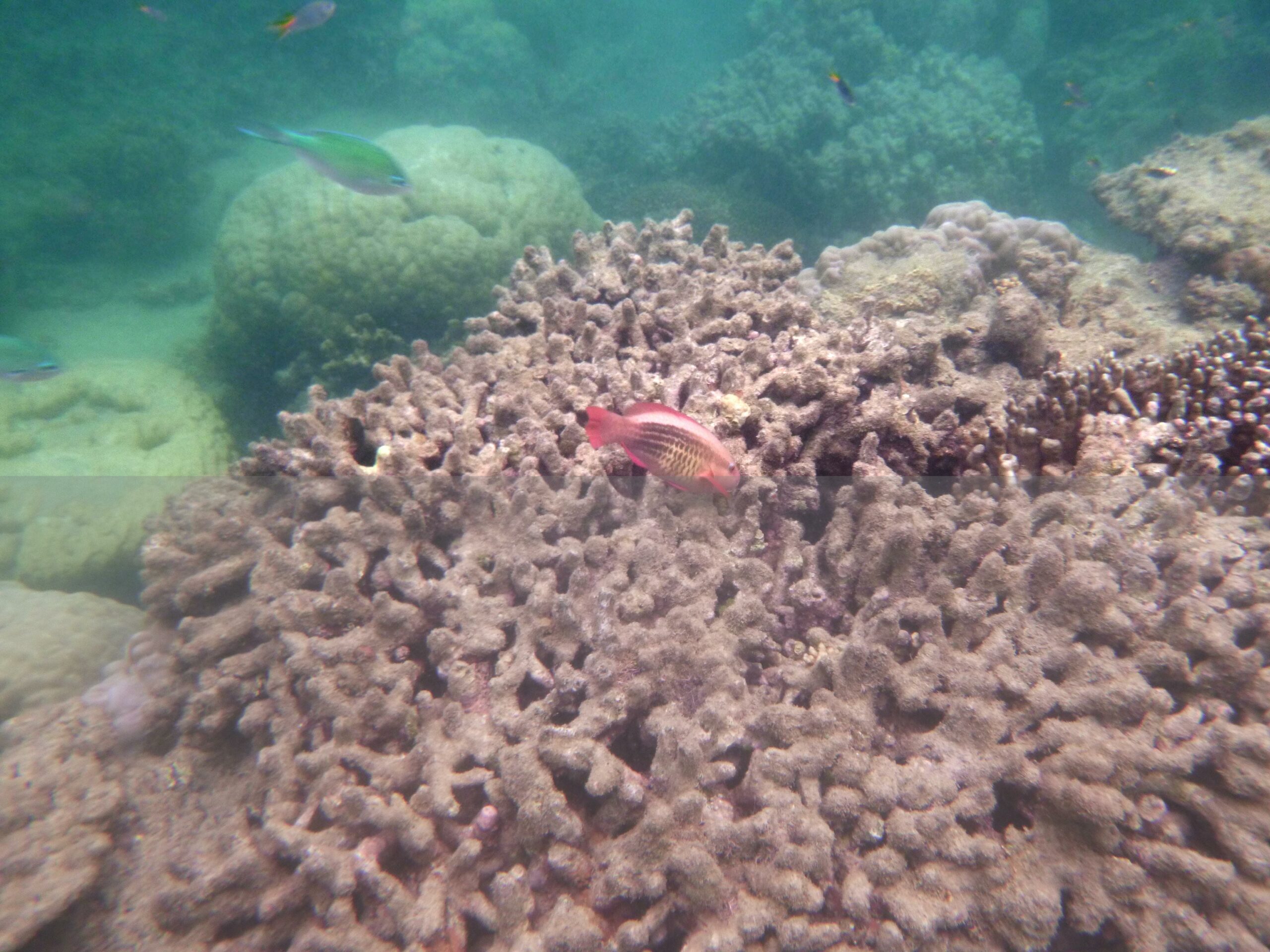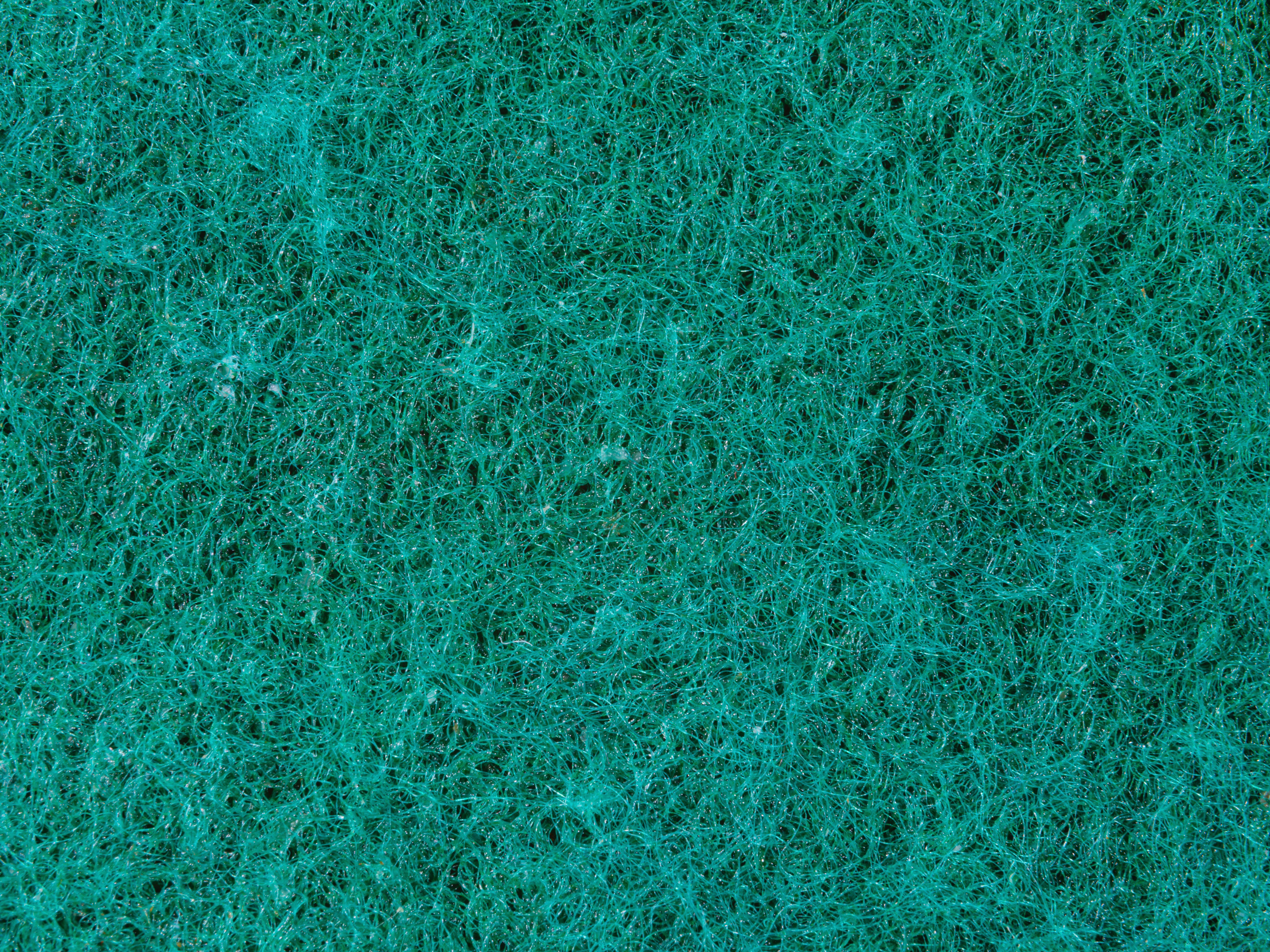Are you ready to dive into the mesmerizing world of glass sponges? Get ready to uncover the enigma and unravel fascinating facts about these intriguing creatures that inhabit the depths of the ocean. As an experienced marine biologist with a passion for exploring the mysteries of the sea, I have dedicated years to studying and understanding the unique characteristics and ecological significance of glass sponges. In this article, we will embark on a captivating journey, delving into the hidden depths of these creatures and discovering why they are worthy of our attention and protection. Brace yourself for a mind-blowing adventure as we unveil the secrets of these mesmerizing glass sponges.

Intriguing Glass Sponge Information
Glass sponges, those captivating creatures of the deep ocean, hold secrets and mysteries that continue to fascinate marine biologists like myself. As an expert in the field, I have dedicated my career to unraveling the enigmatic world of glass sponges and shedding light on their intriguing nature. Join me on this journey as I reveal some astounding and captivating glass sponge information.
Glass sponges, scientifically known as Hexactinellida, are mesmerizing creatures that possess a skeleton made entirely of silica spicules. These delicate structures resemble intricate glass sculptures, giving these organisms their common name. Just imagine, a sponge made of glass! It’s like nature’s own work of art.
Belonging to the phylum Porifera, which encompasses all sponges, glass sponges are a unique group within this category. Unlike their cousins, glass sponges lack the distinct features we often associate with animals. They have no eyes, no mouth, and no stomach. Instead, their bodies are adorned with thousands of tiny pores, creating a beautiful lattice-like pattern. Through these pores, water continuously flows, carrying nutrients and oxygen vital for their survival.
Now, you may wonder, with their lack of distinct characteristics, how do these organisms thrive and survive in the harsh depths of the ocean? The answer lies in their remarkable adaptations. The structure of their silica skeleton provides them with exceptional strength and stability, allowing them to withstand the immense pressures of the deep-sea environment. Their unique body architecture also enables them to efficiently capture and filter microscopic food particles from the surrounding water.
“Glass sponges, nature’s delicate glass sculptures, are intriguing organisms that defy conventional animal characteristics.”
Living at incredible depths, glass sponges play a crucial role in maintaining the health of marine ecosystems. By continuously pumping water through their intricate bodies, they act as living filters, purifying the surrounding seawater and removing harmful particles. Additionally, the silica spicules of glass sponges provide a habitat for various other marine organisms, transforming their skeleton into a bustling ecosystem of its own.
Through extensive research and countless hours spent studying these enigmatic creatures in their natural habitats, we are beginning to uncover the secrets of their life cycles and ecological significance. Did you know that glass sponges have a complex reproductive process? They reproduce both sexually and asexually, allowing for genetic diversity and ensuring the survival of their species. Some species even release vast clouds of sperm and eggs into the water column, creating breathtaking underwater spectacles during their annual spawning events.
As we dive deeper into the world of glass sponges, their mysteries only seem to grow. But one thing is clear: these mesmerizing organisms are not to be overlooked. Understanding their profound role in marine ecosystems is crucial for preserving the delicate balance of our oceans for future generations.
So, let us embrace the wonder of these captivating glass sponges and delve further into their intriguing world. Discover their enchanting beauty, their invaluable ecological contributions, and the importance of protecting these fragile creatures. Are you ready to explore the depths and unravel the enigma of glass sponges? Join me on this incredible journey of discovery.
“Step into the depths of the ocean and uncover the intriguing glass sponge, a true marvel of nature’s creativity and resilience.”
Glass sponges are some of the most fascinating creatures in the ocean. Did you know that these incredible organisms are composed almost entirely of silica, which gives them their delicate, glass-like appearance? If you’re curious to learn more about the intriguing world of glass sponges, we’ve compiled a list of fun facts for you. Dive into the depths of knowledge and uncover the secrets of these peculiar underwater inhabitants. Explore our compilation of fun facts about glass sponges here and prepare to be amazed.
FAQ
Question 1:
What are glass sponges?
Answer 1:
Glass sponges are animals commonly found in the deep ocean. They belong to the class Hexactinellida and have a skeleton made of silica spicules. Glass sponges are part of the phylum Porifera and do not have eyes, mouth, or stomach. Their bodies have thousands of tiny holes, or pores, through which water constantly flows.
Question 2:
Where can glass sponges be found?
Answer 2:
Glass sponges are commonly found in the deep ocean. They prefer habitats with stable, cold water conditions and are often found in areas with strong currents. These unique organisms can be found around the world, including the Antarctic, the Pacific Ocean, and the Atlantic Ocean.
Question 3:
What is the ecological significance of glass sponges?
Answer 3:
Glass sponges play an important role in sustaining marine ecosystems. Their intricate structures provide habitats for numerous other organisms, such as small fish, crabs, and shrimp. The constant flow of water through their bodies helps to filter out particles and provide food for other organisms. Additionally, glass sponges contribute to nutrient cycling and help maintain the overall health and balance of the ocean ecosystem.
Question 4:
Do glass sponges have any unique characteristics?
Answer 4:
Yes, glass sponges possess several unique characteristics. Their skeletons, made of silica spicules, give them a fragile and glass-like appearance, hence their name. They have a complex internal canal system that allows water to flow efficiently through their bodies. Glass sponges also have the ability to regenerate and repair damaged tissue, which helps them survive in challenging deep-sea environments.
Question 5:
Why is it important to preserve glass sponges?
Answer 5:
Preserving glass sponges is crucial for several reasons. Firstly, these enigmatic organisms hold valuable scientific knowledge that can contribute to the understanding of deep-sea ecosystems and their functioning. Additionally, glass sponges provide important habitats for other marine species, contributing to biodiversity and maintaining the overall health of the ocean. Protecting glass sponges ensures the conservation of these fragile and often overlooked creatures for future generations to study and appreciate.
- Georgia Platform: A Southern Strategy, 1850s - March 31, 2025
- How many weeks is 40 days: Quick Conversion Guide for Accurate Results - March 31, 2025
- How many feet is 300 meters? 984 Feet: Understand Length Conversions Easily - March 31, 2025
















